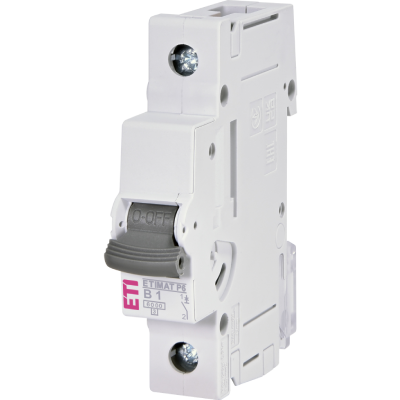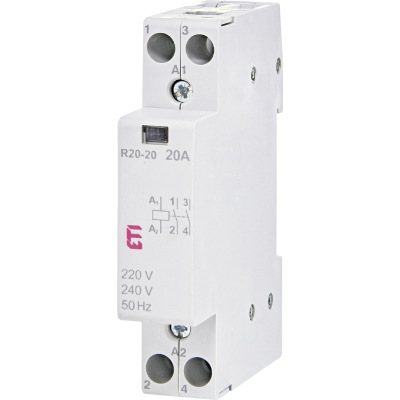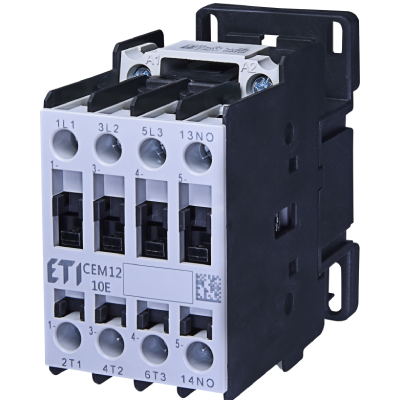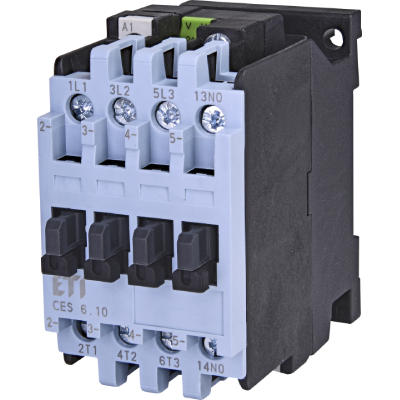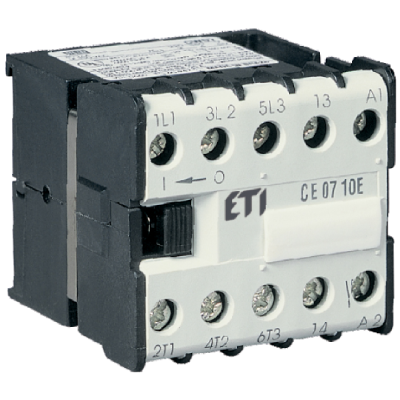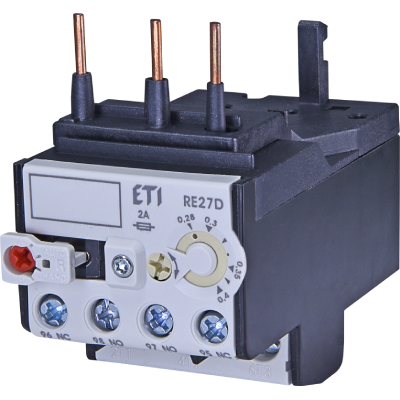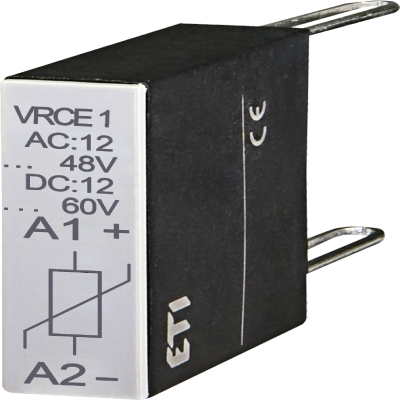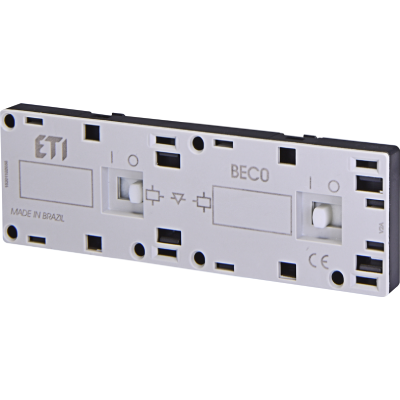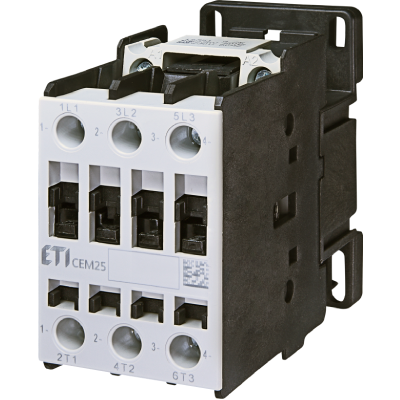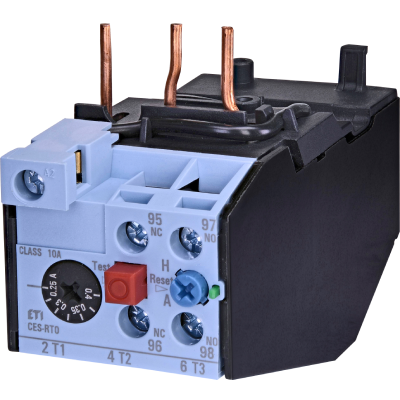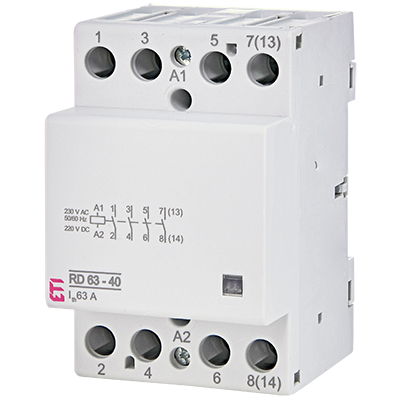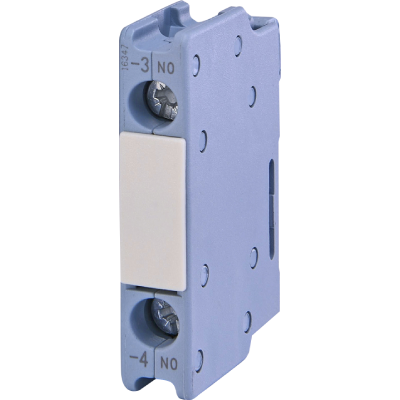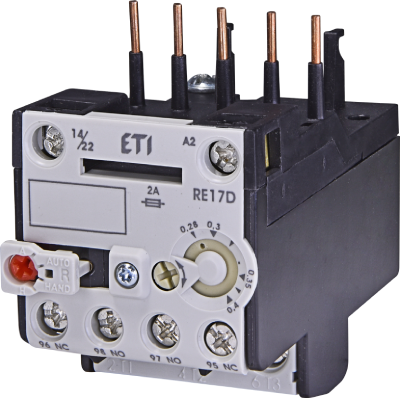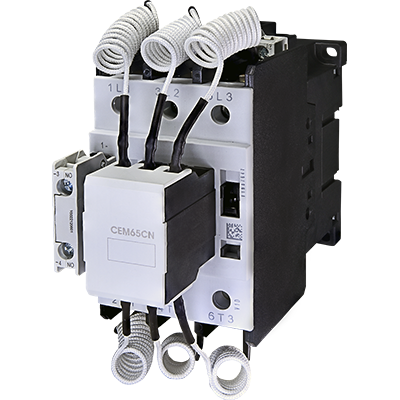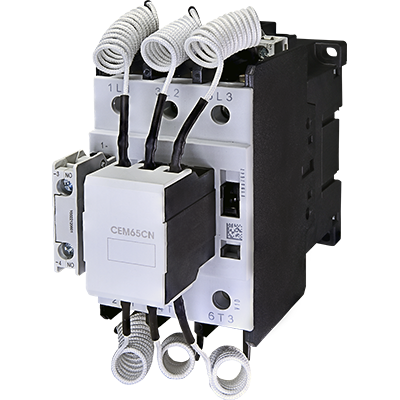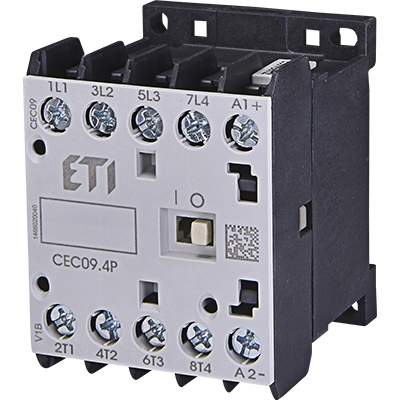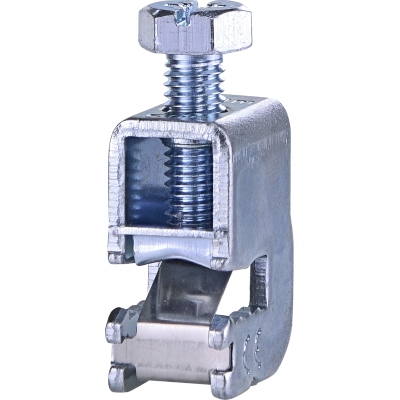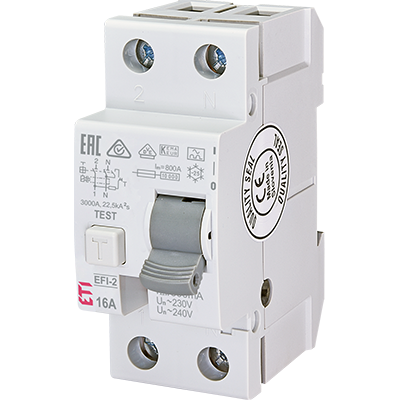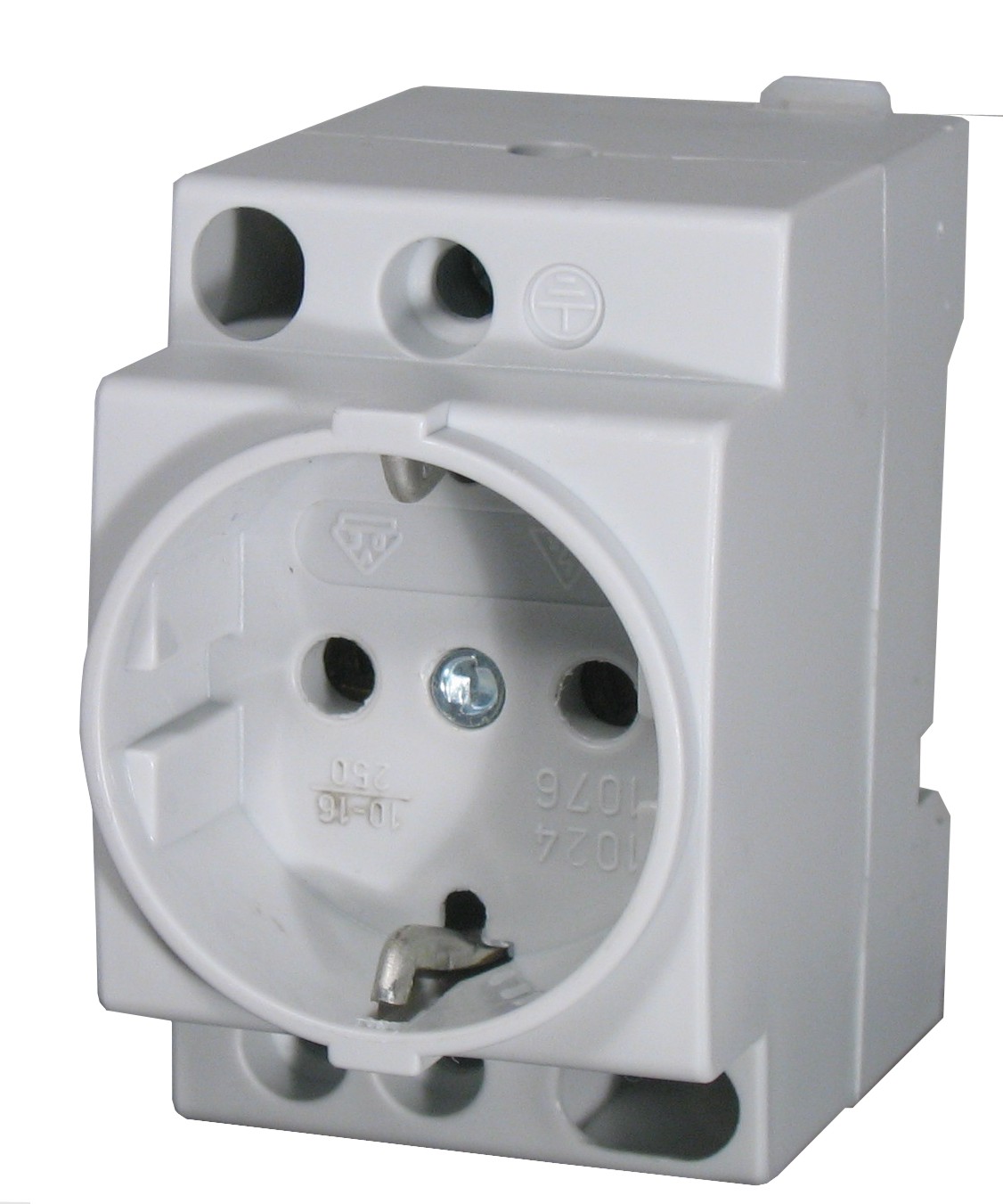New software tool called FuseSpline, helps users select the suitable HV fuse-links for protection of power transformers, motors or compensatory batteries.
The process of selecting the suitable protective devices in electrical installations is very important and must always be carried out professionally. This is especially true for the high voltage range, ie voltages higher than 1.000V.
| Viktor Martinčič Product manager for fuse systems, Chairman of IEC technical committee for fuses TC 32 |
We at ETI have been producing fuse-links for protection of high-voltage networks for many years, and we have recently introduced a new series of VV fuse-links called VVT TD3.
Users of high voltage fuse-links often have a lot of questions and doubts. As a longtime developer and manufacturer of these fuse-links, we have acquired an in-depth knowledge and the ability to assist our customers with proper technical advice.
There are a number of different instructions and descriptions in the professional literature for the correct choice of HV fuse-links for the protection of high-voltage transformers, motors, compensating batteries and the like. In any case, the use of HV fuses to protect (energy) transformers is one of the most common, but in practice there are still many ambiguities and irregularities. Therefore, let us list just a few general criteria and procedures for selecting the "correct" HV fuse-link:
- The basic standard where the technical properties of an HV fuse-link are defined is IEC 60282-1 and the German standard VDE 0670-4, but the basic current-time limits for HV fuses are not defined. This means that the rated currents of HV fuse-link from different manufacturers cannot be directly compared with each other. The choice of HV fuse-link for use in a particular application can therefore only be based on the manufacturer's data.
- The rated current of the HV fuse-link should normally be significantly higher than the operating current of the protected power transformer and is generally equal to twice the latter. When determining the rated current of the HV fuse-link, it is very important to take into account the minimum current, which also varies from manufacturer to manufacturer. During normal operation of the power transformer, the HV fuse-link must not react.
- It is necessary to consider so-called "inrush" - switching currents, possible overload currents of the protected transformer, including continuously present currents of higher harmonic frequencies, compensating circuit currents related to the switching of transformers, motors and capacitors.
- When calculating the suitable HV fuse-link, the overcurrent and short-circuit protection on the secondary side of the transformer (NH fuse-link, MCCB or some other type of switchgear configuration) must also be taken into account.
From what has been written so far, we can conclude that the correct choice of HV fuse-link in a particular application requires a lot of knowledge and expertise in electrical engineering. If we add to this the time we have to spend in the case of "manual" calculation of the correct protection, it is of course logical that any simplification of this procedure is welcome.
One of the ways to shorten the time and simplify the process of selecting a HV fuse-link is the use of computer applications. With the cooperation of our experts, an application was created to select the appropriate HV fuse-link for the protection of various consumers. The official name of this application is FuseSpline 2.1. and, as shown below, it simplifies the process of determining the “right” HV fuse to protect a particular power transformer immensely.
You can download the FuseSpline tool here.
Example:
We need to determine the correct type of HV fuse-link to protect a power transformer of rated power 250kVA, which is connected to a mains voltage of 10kV. Select the program tab "Calculation SSK" - Calculate SSK and select the data on the right side of the user window - red arrow in the image below:
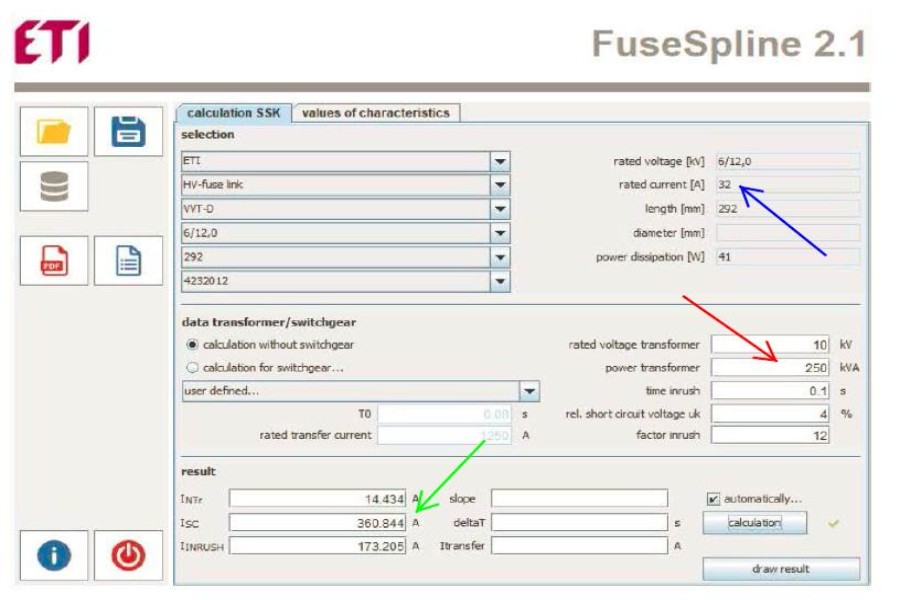
In this window we can also specify the size of the ˝inrush˝ current, which is usually 12 times the rated current on the primary side, but this value can vary according to the requirements of each electricity distribution company.
The data selected above of the power transformer, the program calculates the rated current and dimensions of the selected fuse-link (blue arrow in the picture above), ie 12kV / 32A, and other technical data of this fuse-link, including product code, also appear on the right side of the screen. A detailed calculation of this example is added on the bottom left - the green arrow, where the calculated rated primary current of 14.434 A, the switching current of 173.205 A and the short-circuit current of 360.844 A are visible.
In case we decide to check the shut-off times of the selected HV fuse-link in a more detailed way, select the "values of characteristics" tab in the application - see picture below:
We have selected a 24kV fuse with a rated current of 63A - red arrow in the following picture, and in the section "data calculation current value" - we enter the current value in which the selected fuse would break the circuit in 5 seconds. The result is displayed in the lower left part of the screen and the answer is 287.338A.
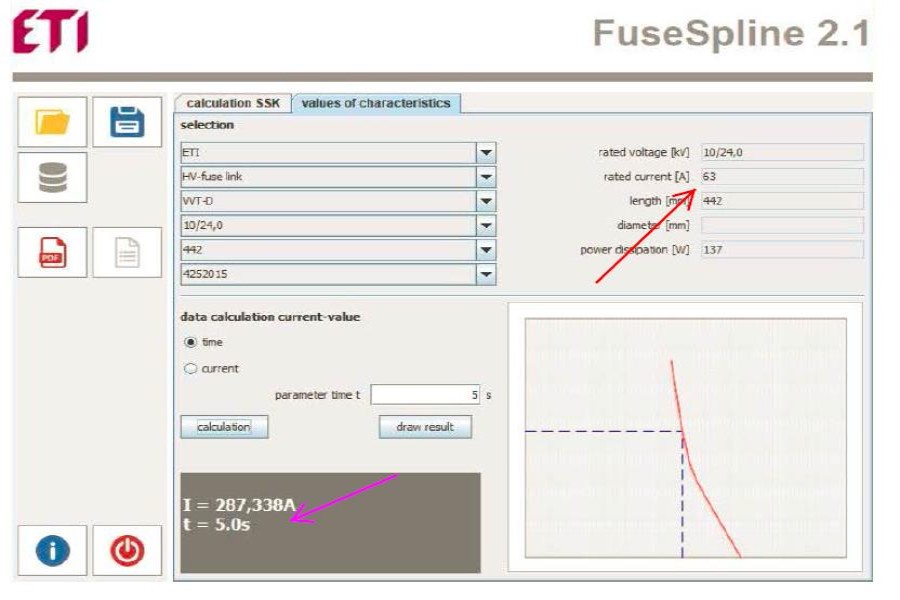
In addition to the calculations described so far, the FuseSpline program can be used to calculate - determine which switch cells or RMUs (Ring main Units) are suitable for a specific type of ETI HV fuse-link. We will cover this in the next blog post.
You can download the FuseSpline tool here.




